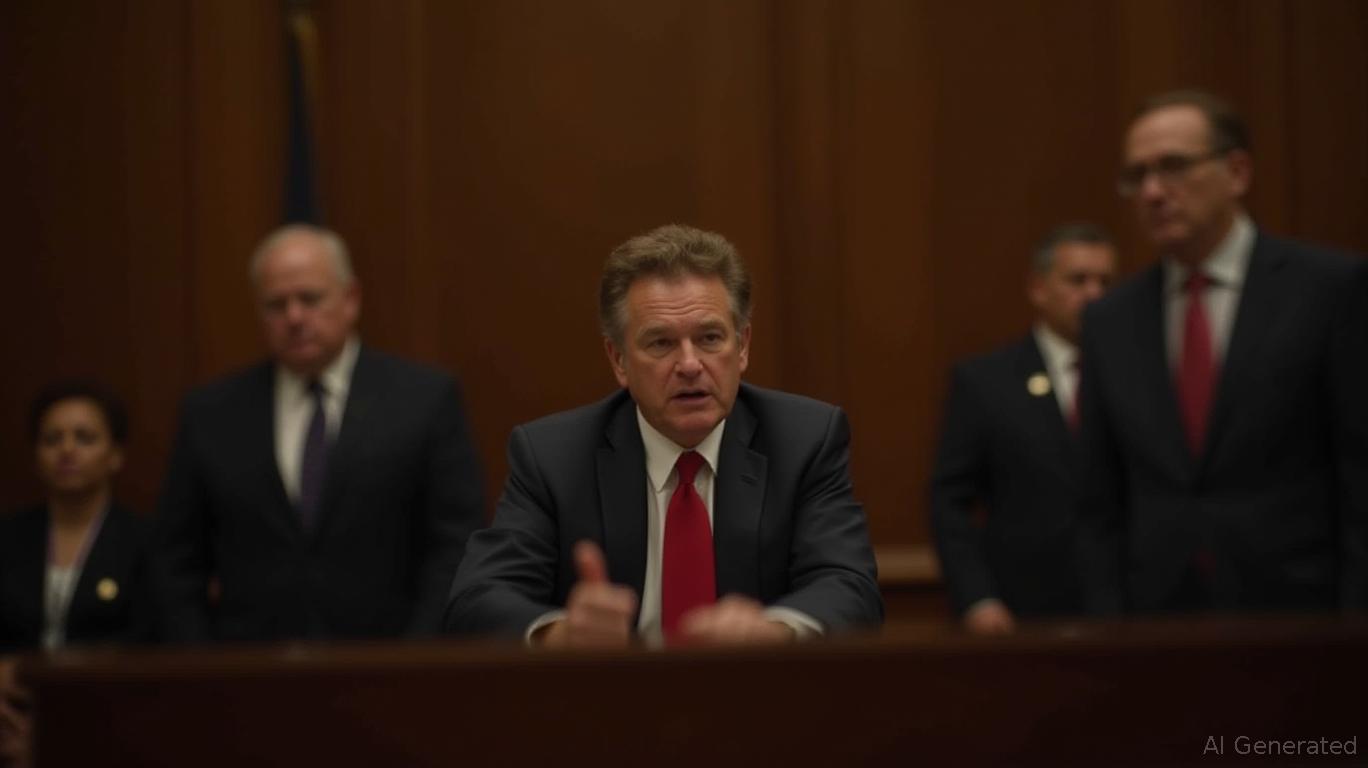AInvest Newsletter
Daily stocks & crypto headlines, free to your inbox
A provocative theory shared by XRP proponent Edo Farina has stirred debate in the crypto space. According to Farina,
, the company behind the cryptocurrency XRP, is not just a private enterprise but a possible extension of U.S. intelligence infrastructure. He supports this claim by highlighting corporate trademark histories, overlapping personnel, and early domain registrations tied to Ripple Communications and OpenCoin.The foundation of Farina’s argument lies in trademark records. “Ripple Communications, Inc.” was incorporated in Nevada on March 21, 1991—17 years before Bitcoin’s white paper. Public records show that Ripple Labs, the entity known today for developing XRP, currently holds the trademark originally belonging to Ripple Communications. That trademark was transferred through OpenCoin, Inc.—Ripple Labs’ former name before rebranding. This raises an immediate question: why would a crypto startup inherit trademarks and branding from a 1991 telecom company? While the connection could appear coincidental, Farina insists it hints at a deeper institutional lineage.
According to Farina, three key domains—RipplePay, RippleCom, and OpenCoin—were all launched in 2005, reportedly hosted under the same IP block. This was also the year the Intelligence and National Security Alliance (INSA) underwent reorganization. Farina suggests that this timeline convergence indicates the quiet development of a broader intelligence-linked fintech infrastructure. Supporting this idea is the involvement of Karen Nussle, listed as a principal at Ripple Communications. The uploaded image shows that she was also listed as a press contact at INSA, using an “@insaonline.org” email address. This strongly suggests a crossover between Ripple Communications and the U.S. intelligence policy space.
Another key figure cited is Suzanne Wilson Heckenberg, now President of INSA. According to INSA’s website, she served as Vice President of Marketing for Ripple Communications from September 2010 to October 2012. Her departure coincided with a significant transition: that same month, Ripple.com was acquired, and the Ripple Communications trademark changed hands, eventually ending up under Ripple Labs. After this point, Ripple Communications seemingly disappeared from public records. To Farina, the sequence is too aligned to ignore. He suggests Ripple Communications may have acted as a
or soft-launch vehicle for a government-aligned financial infrastructure, later consolidated under Ripple Labs.Farina also casts doubt on the official story surrounding Ryan Fugger, the original mind behind RipplePay. Fugger once claimed that the name “Ripple” was inspired by a Grateful Dead song. But if Ripple Communications predates his work by over a decade, and already held the trademark, Farina argues that Fugger’s explanation may have been a public narrative masking institutional involvement. Fugger’s quiet exit from the project only fuels further suspicion.
This theory, while intriguing, lacks concrete evidence and relies heavily on circumstantial connections. The crypto community remains divided, with some embracing the idea of a government-backed cryptocurrency and others dismissing it as a conspiracy theory. Regardless of the truth, Farina’s claims have sparked a renewed interest in the origins and motivations behind Ripple and XRP. The debate continues, with proponents and skeptics alike scrutinizing every piece of information available to form their own conclusions.

Quickly understand the history and background of various well-known coins

Oct.22 2025

Oct.22 2025

Oct.22 2025

Oct.22 2025

Oct.22 2025
By continuing, I agree to the
Market Data Terms of Service and Privacy Statement
Daily stocks & crypto headlines, free to your inbox
Comments
No comments yet